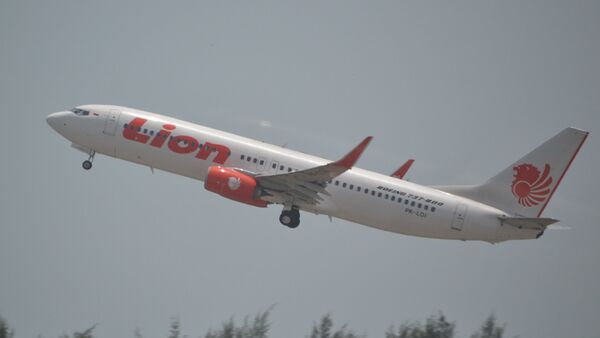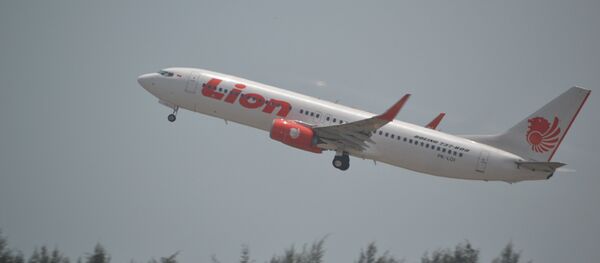The information from the flight data recorder was published in a preliminary report prepared by Indonesian crash investigators. According to the extracts from the report, the pilots managed to keep pulling the nose back up over and over for two dozen times during the 11-minutes flight before completely losing control over Lion Air Flight 610 with 189 people on board and hitting the ocean’s surface at 450 miles per hour, the New York Times reported.
READ MORE: Indonesia to Soon Release First Report on Deadly Lion Air Crash
The data supported the theory that a computerized system Boeing installed on its latest generation of 737 to prevent the plane’s nose from getting too high and causing a stall, instead forced the nose down because of incorrect information from sensors.
After the crash, Boeing pilots expressed concerns that they weren’t fully informed about the new system known as the manoeuvring characteristics augmentation system, or M.C.A.S. – and how it would require them to respond in case of the similar emergency.
“It’s all consistent with the hypothesis of this problem with the M.C.A.S. system,” said R. John Hansman Jr., a professor of aeronautics and astronautics and director of the international centre for air transportation at the Massachusetts Institute of Technology.
A fuller account of problems with the sensors on the fuselage, called angle-of-attack sensors, is expected to be part of a full report on the crash by Indonesian investigators. One of those sensors was replaced before the plane’s next-to-last flight after the jet experienced errors in data readings, investigators said.
“The pilots fought continuously until the end of the flight,” said Captain Nurcahyo Utomo, the head of the air accident subcommittee of the Indonesian National Transportation Safety Committee, which is leading the investigation.
Lion Air, Indonesia’s largest airline, has a notoriously bad safety record. Government investigators have accused the air company of ignoring their commands to ground planes with proven problems. The plane that crashed on October 29 had experienced days of incorrect data readings, according to Indonesian officials. In fact, before the penultimate flight, engineers had replaced one of the angle-of-attack sensors.



